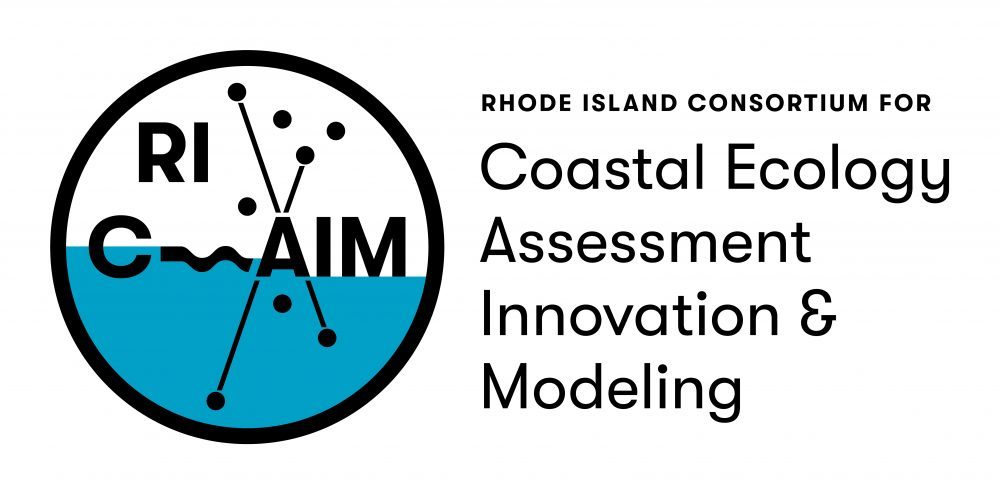Easier access to scientific data

|
ERDDAP at RI Data Discovery Center
Easier access to scientific data |
Brought to you by
RI Data Discovery Center and

|

| Dataset Title: | Saltwater RIDOH Bacterial Count Lab Data Entry and Beach Closure Data, 2006- 2019 
|
| Institution: | Rhode Island Department of Health (Dataset ID: fib_828a_964e_ab0d) |
| Range: | time = 2006-05-01T12:00:00Z to 2019-10-17T07:33:00Z |
| Information: | Summary  | License
| License  | Metadata
| Background
| Metadata
| Background | Subset
| Data Access Form
| Subset
| Data Access Form
|
![[The graph you specified. Please be patient.]](https://pricaimcit.services.brown.edu/erddap/tabledap/fib_828a_964e_ab0d.png?time,LabID&time%3E=2019-10-11T00%3A00%3A00Z&time%3C=2019-10-18T00%3A00%3A00Z&.draw=markers&.marker=5%7C5&.color=0x000000&.colorBar=%7C%7C%7C%7C%7C&.bgColor=0xffccccff)
|
Attributes {
s {
time {
String _CoordinateAxisType "Time";
Float64 actual_range 1.1464848e+9, 1.57129758e+9;
String axis "T";
String calendar "standard";
String ioos_category "Time";
String long_name "EDT Sample Time";
String short_name "time";
String standard_name "time";
String time_origin "01-JAN-1970 00:00:00";
String units "seconds since 1970-01-01T00:00:00Z";
}
StationID {
String long_name "Station ID";
String standard_name "station_id";
}
LabID {
Float64 _FillValue NaN;
Float64 actual_range 1.0, 9.0;
String long_name "Lab ID";
String standard_name "lab_id";
}
WaterType {
Float64 _FillValue NaN;
Float64 actual_range 1.0, 2.0;
String long_name "Water Type";
String standard_name "water_type";
}
Duplicate {
Float64 _FillValue NaN;
Float64 actual_range 1.0, 2.0;
String long_name "Duplicate";
String standard_name "duplicate";
}
Validation {
Float64 _FillValue NaN;
Float64 actual_range 1.0, 2.0;
String long_name "Validation";
String standard_name "validation";
}
SWResults {
Float64 _FillValue NaN;
Float64 actual_range 1.0, 24200.0;
String long_name "Enterococci Counts in colony-forming units";
String short_name "ECounts";
String standard_name "enterococci_counts_in_colony-forming_units";
String units "colony-forming unit";
}
Exported {
Float64 _FillValue NaN;
Float64 actual_range 2.0, 2.0;
String long_name "Exported";
}
Test_Type {
Float64 _FillValue NaN;
Float64 actual_range 1.0, 5.0;
String long_name "Test Type";
}
Sampler {
Float64 _FillValue NaN;
Float64 actual_range 1.0, 2.0;
String long_name "Sampler";
}
Beach_Closures {
Float64 actual_range 0.0, 1.0;
String comment "The original beach closures dataset was for beaches, not observational stations, but in this NetCDF file, the beach closures are indexed to the Station ID dimension. Stations corresponding to closed beaches were marked 1 for closed (as opposed to 0 for open) for the times when the corresponding beaches were closed. To find which beach corresponds to each Station ID, see the Name of Beach variable. In the original Beach Closures data, there were a few inconsistencies in the way the beaches were named, and due to these inconsistencies, there may be inaccuracies for a small minority (5 or 6 beaches) of the beach closure data in this dataset. To see the code that was used to convert between the beach naming systems in the lab data entry file and the beach closure file, see this github page: https://github.com/austinbennysmith/OSOM-ERDDAP/tree/master/Making_NetCDF_Files. For the original beach closure data, see the Rhode Island Department of Health.";
String long_name "Beach Closures";
String short_name "Closures";
String standard_name "beach_closures";
String units "0 for open, 1 for closed";
}
}
NC_GLOBAL {
String cdm_data_type "Other";
String Conventions "COARDS, CF-1.6, ACDD-1.3";
String creator_email "Sherry.Poucher@health.ri.gov";
String creator_name "Sherry Poucher";
String creator_type "person";
String history
"Converted from spreadsheets provided by the Rhode Island Department of Health
2025-04-28T09:13:10Z (local files)
2025-04-28T09:13:10Z https://pricaimcit.services.brown.edu/tabledap/fib_828a_964e_ab0d.das";
String infoUrl "???";
String institution "Rhode Island Department of Health";
String keywords "2006-2019, bacterial, beach, beach_closures, closure, closures, colony, colony-forming, count, counts, data, department, duplicate, edt, enterococci, enterococci_counts_in_colony-forming_units, entry, exported, forming, health, island, lab, lab_id, LabID, rhode, ridoh, saltwater, sample, sampler, station, station_id, StationID, SWResults, test, Test_Type, time, type, units, validation, water, water_type, WaterType";
String license
"The data may be used and redistributed for free but is not intended
for legal use, since it may contain inaccuracies. Neither the data
Contributor, ERD, NOAA, nor the United States Government, nor any
of their employees or contractors, makes any warranty, express or
implied, including warranties of merchantability and fitness for a
particular purpose, or assumes any legal liability for the accuracy,
completeness, or usefulness, of this information.";
String references "Bacterial data is from Sherry Poucher at the RIDOH Beach Monitoring Program, Sherry.Poucher@health.ri.gov";
String source "Bacterial count lab data comes from Rhode Island Department of Health lab measurements using samples from beach locations. Beach closure data is also from RIDOH. Minor cleaning of some of the data was done in the process of converting to this file format.";
String sourceUrl "(local files)";
String standard_name_vocabulary "CF Standard Name Table v55";
String subsetVariables "StationID";
String summary "Saltwater RIDOH Bacterial Count Lab Data Entry and Beach Closure Data, 2006-2019";
String time_coverage_end "2019-10-17T07:33:00Z";
String time_coverage_start "2006-05-01T12:00:00Z";
String title "Saltwater RIDOH Bacterial Count Lab Data Entry and Beach Closure Data, 2006-2019";
}
}
 Data Access Protocol (DAP)
Data Access Protocol (DAP) and its
selection constraints
and its
selection constraints .
.
The URL specifies what you want: the dataset, a description of the graph or the subset of the data, and the file type for the response.
Tabledap request URLs must be in the form
https://coastwatch.pfeg.noaa.gov/erddap/tabledap/datasetID.fileType{?query}
For example,
https://coastwatch.pfeg.noaa.gov/erddap/tabledap/pmelTaoDySst.htmlTable?longitude,latitude,time,station,wmo_platform_code,T_25&time>=2015-05-23T12:00:00Z&time<=2015-05-31T12:00:00Z
Thus, the query is often a comma-separated list of desired variable names,
followed by a collection of
constraints (e.g., variable<value),
each preceded by '&' (which is interpreted as "AND").
For details, see the tabledap Documentation.